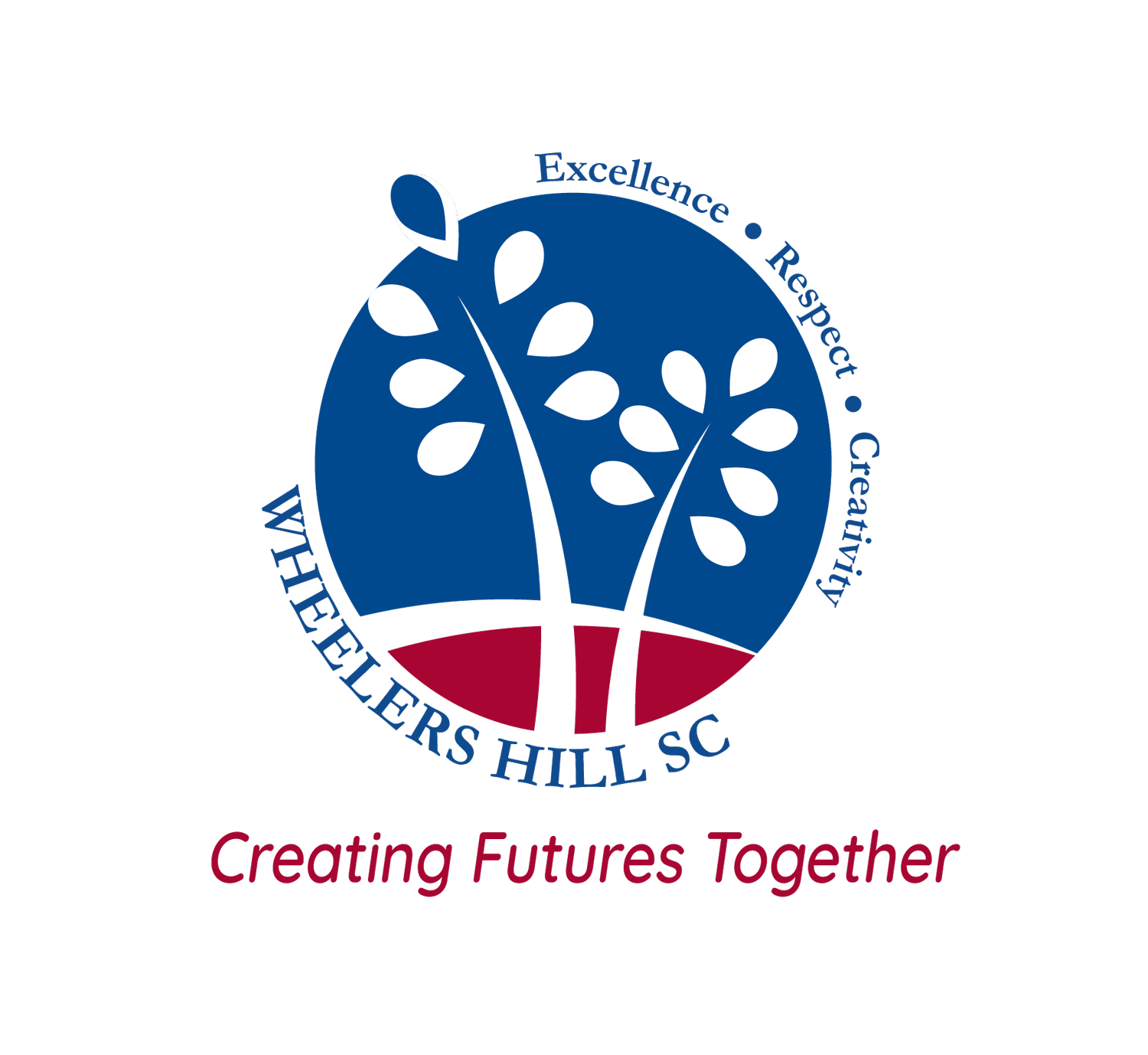Aboriginal Content Curriculum (ACCur) at WHSC
Aboriginal Content Curriculum (ACCur) at WHSC
Understanding the First Nation Curriculum and Its Connection to Cross-Curricular Programs
The First Nations cross curricular Garden project.
The First Nations Curriculum is an educational approach that incorporates the history, culture, knowledge, and perspectives of Indigenous peoples, particularly the First Nations of Australia, into the curriculum. It emphasises respect for Indigenous cultures, acknowledges traditional knowledge, and aims to create a more inclusive and culturally sensitive educational experience.
Cross-curricular programs can connect with the First Nations Curriculum by integrating Indigenous perspectives into multiple subject areas. This approach allows students to explore traditional knowledge and practices, fostering a deeper understanding and appreciation of Indigenous cultures.
Our First Nations Garden is a space designed to reflect Indigenous traditions and knowledge, featuring native plants and traditional design elements. Building a First Nations Garden through a cross-curricular program might involve students from different disciplines contributing their expertise to create a meaningful and culturally respectful garden. For example, English and humanities students could research Indigenous stories and history, math students could plan the garden layout, science students could study native plant species, and art students could create visual elements inspired by Indigenous art.
Incorporating the First Nations Garden into a cross-curricular program provides an opportunity to celebrate Indigenous culture while promoting sustainability and environmental awareness. It fosters collaboration among students from different backgrounds and encourages them to work together on a meaningful project that connects with Indigenous heritage and the broader community.
Always was, Always will be
“Learning about the cross-curriculum priorities of Aboriginal and Torres Strait Islander histories and cultures, Asia and Australia’s engagement with Asia, and Sustainability is embedded in the curriculum areas of the Victorian Curriculum F–10. These priorities provide national, regional and global dimensions and give students the knowledge and skills to engage with and better understand their world.”
Introduction to Aboriginal Content Cross-Curriculum Program (ACCur).
Cross-curricular programs integrate multiple subject areas, promoting holistic and interconnected learning. They emphasise the connections between disciplines, fostering deeper understanding and creativity among students. Similar to STEM (Science, Technology, Engineering, and Mathematics), cross-curricular programs encourage interdisciplinary learning and problem-solving. Unlike STEM, which focuses on science and technology, cross-curricular programs encompass a broader range of subjects such as English, mathematics, science, art, and social studies.
In a cross-curricular program, students engage in project-based learning where they apply concepts from different disciplines to a common theme or challenge. For instance, they might explore environmental sustainability by analysing literature in English, using math to measure environmental impact, conducting scientific experiments, and creating visual art.
Participating in cross-curricular programs promotes critical thinking, creativity, collaboration, and real-world problem-solving. By integrating multiple disciplines, students gain a comprehensive understanding of how subjects interact, fostering teamwork and communication skills essential for academic and professional success.






